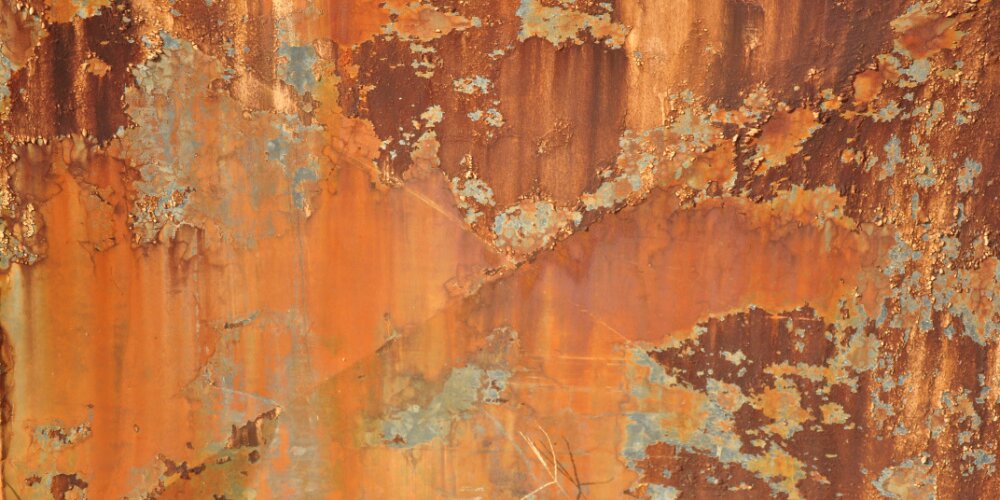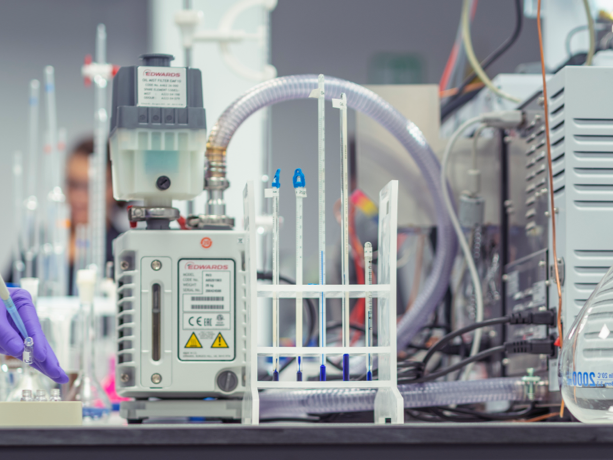New Research Examines Corrosion on Atomic Level

New research from Professor Guangwen Zhou at Bingham University, alongside collaborators from the University of Pittsburgh and the Brookhaven National Laboratory, is shedding light on how corrosion happens on an atomic level, which may have important implications for the future of passivation technology, and even clean-energy supplies.
Corrosion itself is understood as the reaction of water and metal molecules. These interactions can lead to mechanical problems as the material weakens, and is costly in both money and time to fix. Most metals therefore, are treated via a process called passivation, which creates a thin, inert top layer to reduce corrosive damage.
Using a new technique called environmental transmission electron microscopy (TEM), Zhou and his team were able to observe the reaction of water and aluminium on a minute scale, to understand more about how these two materials react together.
During the course of their research, Zhou and his team discovered passivation was actually made of a “bilayered oxide film”. They observed that alongside the crystalline passivation layer, there was a secondary amorphous layer formed beneath it. This discovery suggests there is a “transport mechanism” to diffuse the oxygen between the layers, separating the hydrogen and oxygen components of water.
According to Zhou and his research team, understanding corrosion at an atomic level may “bridge the knowledge gap” of how the passivation layer is created. He also comments that “if we want to use it [the passivation layer] for good, we must know, because then we will have some way to control it.”
The average economic cost of repairing corrosion is estimated at around $2.5 trillion a year; to put that into perspective, that’s roughly 3% of the global GDP (for 2020). By understanding more directly how this process happens, finding new ways to repair and/or prevent corrosion could have a huge economic effect in the future.
Additionally, this research has vital implications for the future of “clean hydrogen” generation. By understanding more about how these corrosive reactions between aluminium and water can split water into hydrogen and oxygen, there lies a path to manipulating the process to create hydrogen for green energy.
Non-destructive testing consultation
Need to assess or characterise a material for a new product? Then The Lab can help. We have a wide range of analytical equipment to help assess and identify different materials, wielded by experts in their field.
Whether you need to investigate a case of paint or coating failure that’s resulted in corrosion, or want to understand more about the properties of your chosen material, choose The Lab today.
Contact us about your non-destructive testing requirements today
For more valuable insights, the latest news and information, discover The Lab’s News and Knowledge Hub…
Hydrogen Fuel Cells: Are They the Future of Transport? | Researchers Observe 'Self-Healing' Metals | Scientists Discover 'Superhydrophobic' Surface
- Author
- Arron Jackaman
- Date
- 14/05/2024
